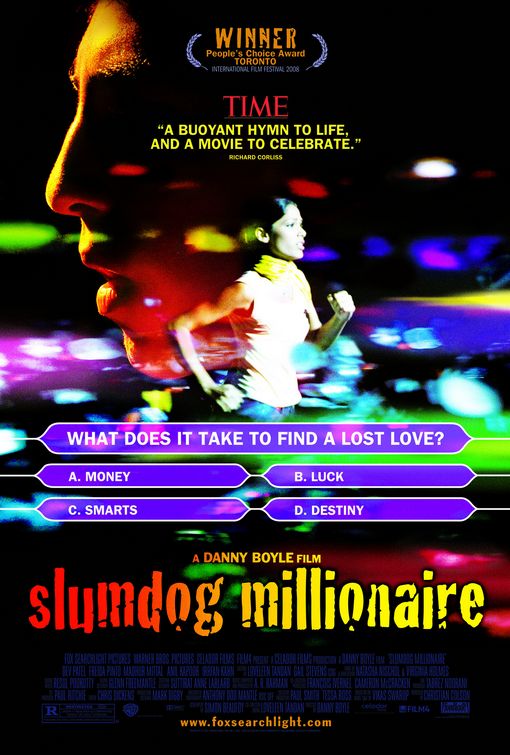Our task for the final film was to create a two minute opening scene of a film of any genre. Our two minute introduction shows Imogen a typical sex, drugs and rock and roll girl, partying late and being rebellious. But her lifestyle soon catches up with her when her best friend becomes infected by a mutated STI which turns her into a psychotic cannibal. The genre of this film is thriller/ horror. We have used the two minute clip to show the daily routine if Imogen. By doing this we are build up tension. One of the conventions of a thriller genre is that there are extraordinary events happening in ordinary situations like the scene were there is a crucial report of an outbreak of infectious psychotic cannibals. Imogen completely ignores this report and carries on her daily routine. By now the audience are prepared for what might happen to Imogen. Another typical convention of thriller genre is the mise-en-scene, for this clip I have used a ordinary house. As this film is about a typical teenager we have made sure that the mise- en- scene fits the profile of this character.
In this film, we are representing young people are around the age of 16-25 yrs old. In this film we have tried to show that by being careless & irresponsible it can lead to dreadful consequences. "In 2007 report, 397,990 new sexually transmitted infection diagnoses at GUM clinics in Great Britain showed an increase of 63% in 1998. This report shows that sexually transmitted disease are a very big issues in the UK. Sexually transmitted disease doesn’t only occur to teenagers but many different people but in this video we are trying to spread a message to teenagers about this horrible disease. Our audience for this film is mainly teenagers& young people around the age of 15- 25 yrs old.
At first, I struggled a lot with the Mac; the more I used it the easier I felt while editing my film. The Mac was very useful as we were able to do a voiceover (the news report), we were also able to put our own music on the Macs and then on our films. We were also able to add credits on our films and reduce the sound effects in the film for example when Imogen was going up stairs the footsteps were very loud so we turned down the volume & improved our video.
Looking back at the preliminary task I have learnt that we have to be much more organised before filming. When I did my preliminary task we didn’t focus that much on our shots as we were told what shots to use in our film. I also learnt that part of making a good film is to make sure that the editing is very good. In my preliminary task we didn’t focus & spent too much time on editing. So, on our final piece we spent much more time editing than filming.
We had to show our film in the class and everyone had to analyse each others videos. When we did this the feed back was to turn the volume down on the news report. My classmate made comments such as ‘fix some sound’, ‘radio report was good which caused tension’. In general, my class thought that I had used a variety of shot distances as appropriate, edited my film well so that the meaning is apparent to the viewer, used sounds with images and editing appropriately for the task, selected mise-en-scene including colour, figure, lighting objects and setting. After the analysis of the videos I made some changes to my video, I thought that the credits were quite fast so we decreased the speed of the credits as well as turning down the volume. We also added our own music at the end of the film. Overall, I am very pleased with my film; I think that the music and the editing have made the film more effective.














